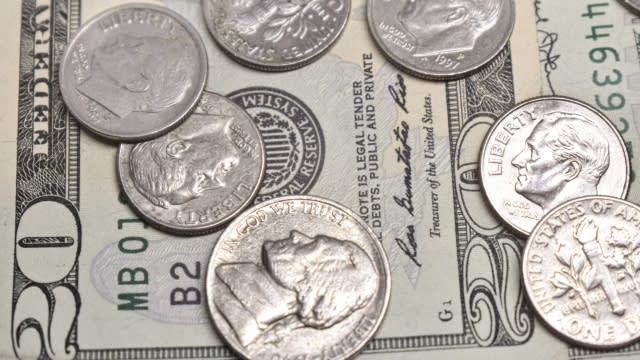Household incomes grew during the pandemic, Pew research finds

New data from Pew Research Center charts how Americans' wealth changed during the pandemic, including across important racial and socioeconomic groups.
Pew divided American households into four quartiles: Poorer households, which were "likely to be in debt both before and after the pandemic;" those that became "more solvent" during that time; those that became "wealthier" and those that became "richer."
From December 2019 to December 2021, poorer households grew their median net worth from $0 to $500. Households that were more solvent gained $19,700, wealthier households grew that wealth by $57,800 and richer households added a median $172,200.
On average, Pew found an American household grew its net worth by about 30% over the course of those two years.
But this growth was more uneven when race is accounted for.
Among poorer households, Pew found Black households reduced but on average did not eliminate their debt, from a median of $10,100 owed down to $4,000 owed.
Poorer Hispanic households eliminated their debt on average, moving from a net debt of $1,100 in 2019 to $0 in 2021.
Poorer Asian households saw the largest increase in their net worth, growing it by $6,000 on average.
Poorer White households also increased their net worth, by an average of $5,900.
SEE MORE: Biden will start emailing 813K borrowers about forgiven student debt
Overall, lower- and middle-income households grew their net worth at a greater rate than higher-income households.
Pew showed two big reasons for the average increase in household worth, which came despite the pandemic's economic slowdown.
During this two-year period, the pandemic helped drive average incomes down 2.5%. But Pew found pandemic stimulus payments actually helped increase after-tax household income by an average of 3.5%, and reduced the overall poverty rate in 2020.
The reduction in consumption following the outbreak of the pandemic also helped households save more money. The Federal Reserve found that in 2020 and 2021, households were saving an average of $15,000 more than they did before the pandemic.
